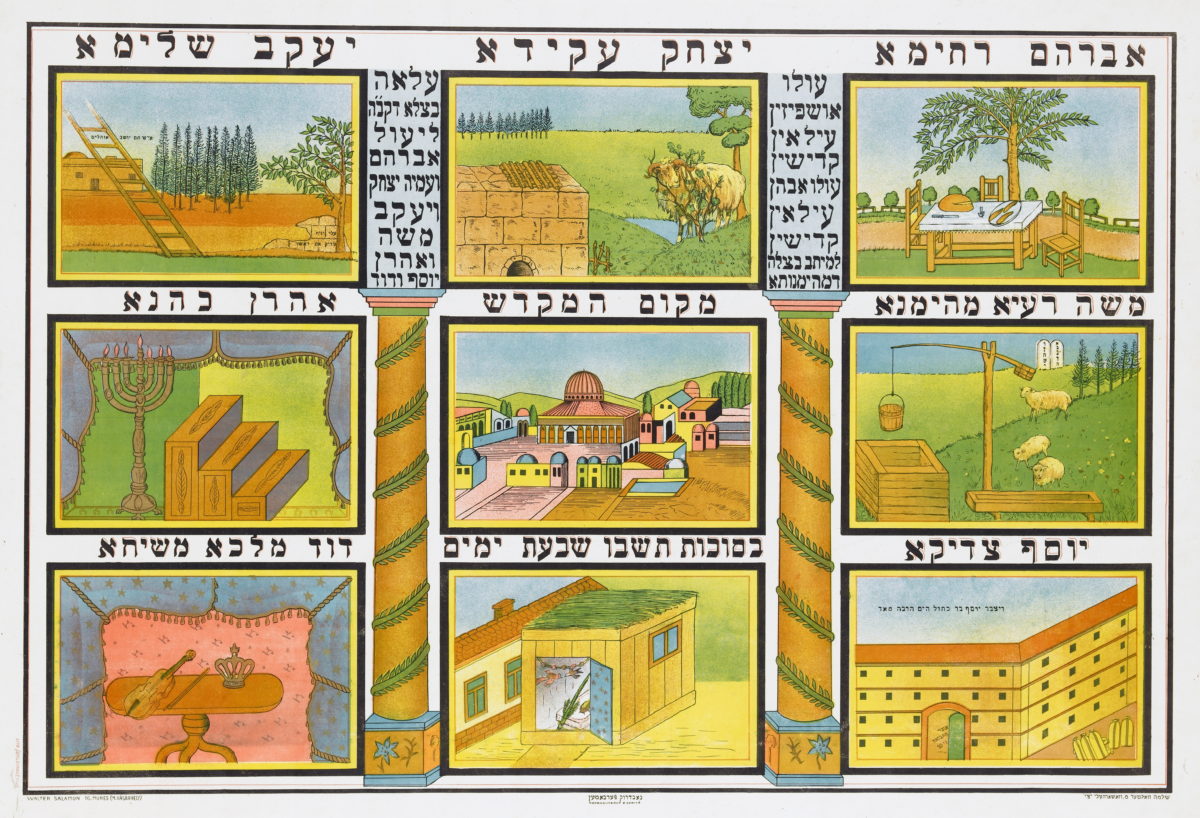
Jews in Romania did not have central religious leadership for a long period, from 1834 with the cancellation of the Haham Bași (chief rabbi) of Iaşi, until 1926 when Rabbi Jacob Niemerower was appointed Chief Rabbi. In addition, the various religious streams did not always have central leadership, and every Jewish community might have several different communities within the same city, of different groups, which operated autonomously.
The congregation was based on a small chapel or a large synagogue sometimes called a "Temple". Each community had one or more rabbis hired under a contract, and their role was to provide explanations and guidance to community members regarding the Torah and religious practices; to make decisions on religious matters, to deliver sermons on moral matters, etc. In every community there were preachers, cantors and butchers who worked under the supervision of the rabbi.
During the 19th century, with the organization of Jewish communities in Romania, Jews belonged to three main groups: Westerners, Polish (Lesesti) and Sefardic. The "Western" ('ritul occidental') Jews were those who prayed according to the Western Ashkenazi rite, as in Germany and France. This text was used by most communities in Romania, including the Choral Temple in Bucharest, which served a community of "modern Orthodox" Jews. The "Poles" were those who prayed according to Eastern Ashkenazi, Polish rite. Another group of Ashkenazi Jews in Romania were the Hasidim. Two of the founding Hasidic fathers lived in Romania; Hayyim Tyrer and Avraham Yehoshua Heshel of Opatow (Apt), who set up Hasidic courtyards in Satmar, Buhuşi and Ştefăneşti.
The Orthodox Ashkenazi communities were mainly in Transylvania and Banat, but they also had representation in other areas. For example, in Bucharest, there were two separate Orthodox congregations which existed alongside the modern community of the Choral Temple, which subsequently united.
Communities of "modern" Judaism existed in all major cities, but there were differences between the various regions. In the Old Kingdom (Regat) there was a "modern Orthodox" community that had developed around the Choral Temple. The rabbis of this stream were graduates of the rabbinical seminary in Breslau, Vienna or Berlin and were accredited by recognized Reform rabbis. There were also rabbis who graduated from the rabbinical seminary in Paris who were more liberal, but these too did not lead to extreme reformism. All of these rabbis had Ph.D.'s from recognized universities, were educated, and were involved in social activities.
In Greater Romania there was also a small "neo-Orthodox" community, mainly in Bukovina, among German speakers who were influenced by the letters of Rabbi Samson Raphael Hirsch. In the territories of Transylvania, Banat and Maramureș, part of the Kingdom of Hungary until the end of World War I, the Jewish population split into three groups: Orthodox, Neologs and Status Quo.
The different communities celebrated the holy days of the Hebrew calendar according to their different traditions and customs. The Sabbath is at the center, alongside the Rosh ha Shana and Yom Kippur that represent hope for a good year intermingled with apprehension, self -scrutiny and atonement for one's sins. Next to the High Holidays are the three pilgrimage festivals that preserve the memory of formative events in the history of the Jewish people, around the time of the 'Exodus from Egypt'; Passover, Shavuot and Sukkoth ,as well as holidays that evoke dates of exultation and joy, when the Jews were threatened with destruction, yet were finally saved in a miraculous way, such as in Purim and Chanukah.